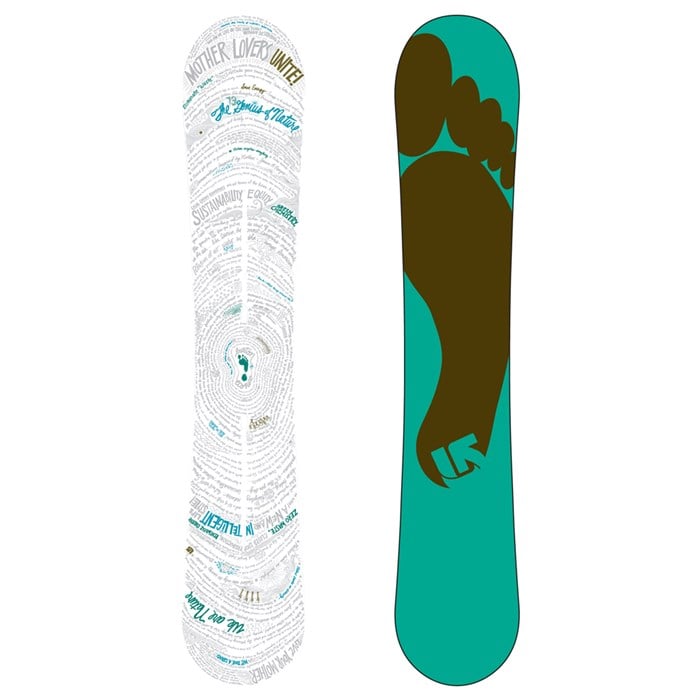

Where the pain category gets escalated is when we discover that the way things are designed is under the directives of certain organizational goals. In all instances, the entry point of a qualitative investigation would generally begin with the pain of the actor. But, design outcomes based on the constraints of rules and regulations, or corporations’ goals to make profits, also fall under this category. For example, what we formally call a “dark pattern” in UI design would fall under the contradiction in principles, where things are intentionally designed for those consequences. Bear in mind that this could mean different things, and they don’t necessarily mean the intent is in any way always unethical -though some of them are definitely done so.

Contradiction in principles means the pain occurs because it is purposefully designed in such a way according to some inherent and underlying principles.There are two scenarios here that fall under this category - (i) where the service deliverers believe they provide what the recipients want, but it wasn’t, that they’re not designing the right thing, and (ii) where the service deliverers believe they provide what the recipients want correctly, but it was faulty that the thing is not designed right. Contradiction in meeting expectations means the pain occurs when things do not apparently or actually work as intended by both the service recipient and the service delivery.What we can derive from the examples above is that, in a simplified form, there are generally two kinds of pain points-we can roughly define them: What if in another situation, where similarly “I want to find the exit, but it’s so confusing to navigate,” only this time the organization feels “great, but we want the user to stay longer as it benefits us”(think of the mall or retail space)? We can see how the pain in the first situation needs to be approached differently than in the second situation. For example, a situation where a service recipient says, “I want to find the exit, but it’s so confusing to navigate.” Suppose the service deliverer, say an organization, agrees, “we want the user to be able to navigate out quickly to make room for others,” then the fix is quite straightforward. As experiences and observations have taught us, not all pain points are the same.


Thus, we can think of pain points as consequences of those fundamental contradictions. Usually, we would find a misalignment between expectation and reality that culminates into pain. While we can intuitively identify what a pain point looks like, as designers, we have the proclivity to inquire deeper as to the causes of those pain points: to expose the ‘why’s’ of those pain points (I will refer to “pain points” and “pains” interchangeably from here on). In the field of design related to multi-actor experiences like service design or whatever else is emerging, we often see specific barriers or challenges that one or multiple actors encounter that impede them from reaching their goals or make their experiences less than optimal-we usually call them “pain points.” The standard practice, for example, is identifying and categorizing pain points in a qualitative research analysis.


 0 kommentar(er)
0 kommentar(er)
